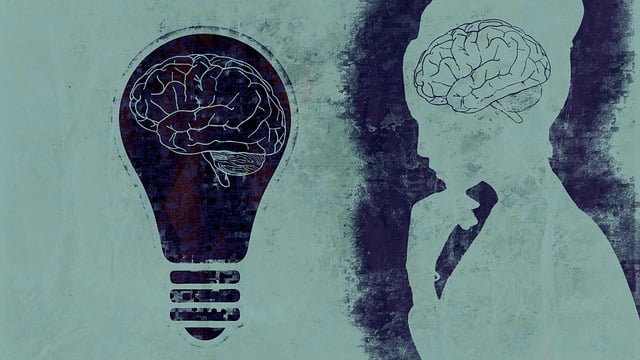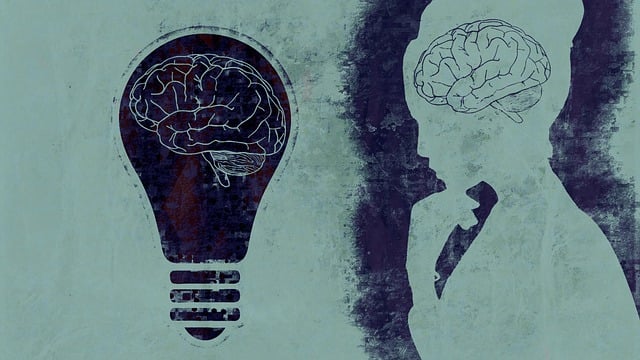Colorado Springs post-traumatic stress disorder (PTSD) therapy focuses on client safety and emotional healing through comprehensive risk assessment, identifying potential triggers and their impact. This multi-faceted approach includes clinical interventions, organizational culture reforms, and operational procedure adjustments, with a strong emphasis on burnout prevention and cultural sensitivity. The Colorado Springs Approach prioritizes evidence-based techniques and mental health awareness, creating supportive environments to develop coping skills, self-care practices, and resilience, ultimately improving treatment outcomes for PTSD clients.
Risk assessment and harm minimization planning are crucial components of effective PTSD therapy, ensuring client safety and well-being. This article explores critical aspects of managing risks associated with post-traumatic stress disorder (PTSD) therapy. We delve into understanding risk assessment in the context of PTSD treatment, offering insights on implementing harm minimization strategies. The Colorado Springs Approach to Safe Therapy provides a comprehensive framework, highlighting innovative practices that revolutionize care for individuals navigating PTSD.
- Understanding Risk Assessment in PTSD Therapy
- Implementing Harm Minimization Strategies
- The Colorado Springs Approach to Safe Therapy
Understanding Risk Assessment in PTSD Therapy

Risk assessment is a cornerstone in PTSD therapy, especially when considering the complex nature of post-traumatic stress disorder. In Colorado Springs Post-Traumatic Stress Disorder Therapy, understanding and managing risks are vital to ensure patient safety and foster emotional healing processes. Therapists meticulously evaluate clients’ histories, current symptoms, and potential triggers to identify areas of concern. This process involves recognizing not only the likelihood of harm but also the severity and impact on the individual’s well-being.
By assessing risks, therapists can guide their patients through compassion cultivation practices and inner strength development. They help individuals navigate challenging emotions and memories, ensuring a safe space for processing trauma. Through these emotional healing processes, clients learn coping mechanisms and build resilience, which is crucial in managing PTSD symptoms.
Implementing Harm Minimization Strategies

Implementing Harm Minimization Strategies involves a multi-faceted approach tailored to address specific challenges within various settings, including Colorado Springs Post-Traumatic Stress Disorder (PTSD) Therapy practices. Beyond clinical intervention, these strategies extend to organizational culture and operational procedures. For instance, healthcare providers can adopt Burnout Prevention Strategies that prioritize self-care and work-life balance to mitigate professional stress and enhance mental wellness.
Cultural Sensitivity in Mental Healthcare Practice plays a pivotal role in harm minimization. Recognizing and respecting diverse cultural backgrounds, beliefs, and communication styles fosters inclusive environments that promote trust and engagement among clients. By integrating these strategies, mental health professionals in Colorado Springs can create safer, more supportive spaces for individuals seeking therapy, ultimately enhancing treatment outcomes and client satisfaction.
The Colorado Springs Approach to Safe Therapy

The Colorado Springs Approach to Safe Therapy is a pioneering method designed to ensure every client receives effective treatment while prioritizing their safety and well-being. This approach recognizes that individuals who have experienced trauma, such as those suffering from Post-Traumatic Stress Disorder (PTSD), require specialized care. By fostering a supportive environment, therapists aim to help clients develop robust coping skills and self-care practices, empowering them to manage their symptoms and navigate life’s challenges.
This therapeutic framework emphasizes the importance of mental health awareness and education, enabling individuals to understand their experiences better. Through evidence-based techniques, the Colorado Springs model facilitates a gradual process of healing, helping clients rebuild trust in themselves and others while minimizing potential harm during the therapy journey.
In conclusion, risk assessment and harm minimization planning are indispensable components of effective PTSD therapy. By understanding the nuances of risk evaluation, therapists can implement tailored strategies that ensure patient safety while fostering healing. The Colorado Springs Approach to Safe Therapy serves as a compelling model, highlighting the importance of proactive harm minimization. As we navigate the complexities of treating post-traumatic stress disorder, integrating these practices into clinical routines is vital for delivering compassionate and secure care, especially in addressing Colorado Springs Post-Traumatic Stress Disorder Therapy.














